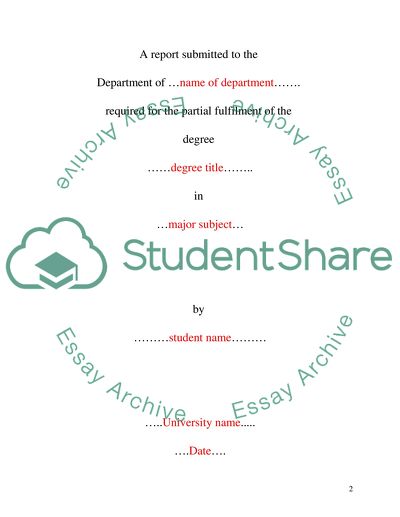Cite this document
(“Management and Organisational Behaviour Coursework”, n.d.)
Retrieved from https://studentshare.org/finance-accounting/1411751-management-and-organisational-behaviour
Retrieved from https://studentshare.org/finance-accounting/1411751-management-and-organisational-behaviour
(Management and Organisational Behaviour Coursework)
https://studentshare.org/finance-accounting/1411751-management-and-organisational-behaviour.
https://studentshare.org/finance-accounting/1411751-management-and-organisational-behaviour.
“Management and Organisational Behaviour Coursework”, n.d. https://studentshare.org/finance-accounting/1411751-management-and-organisational-behaviour.


